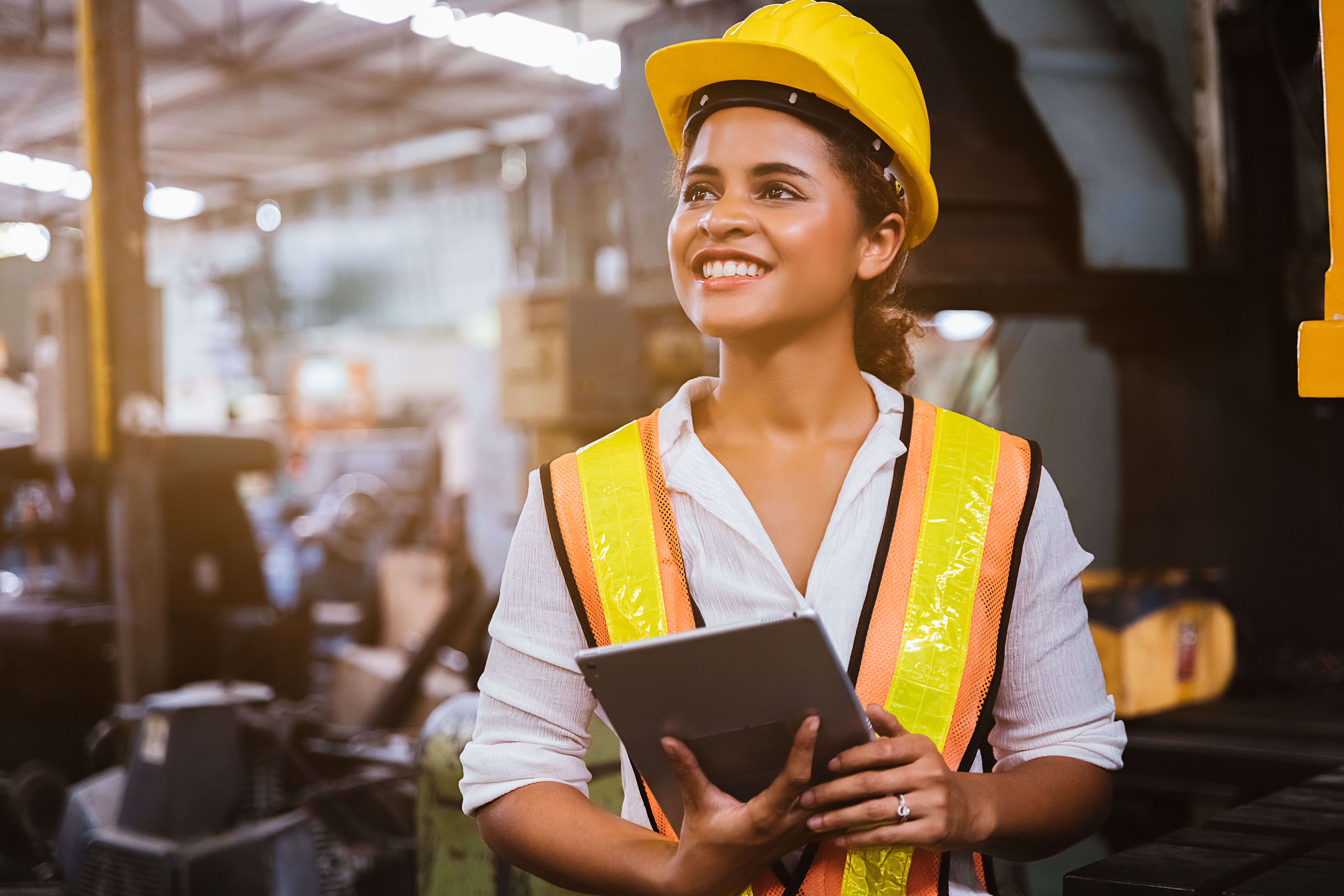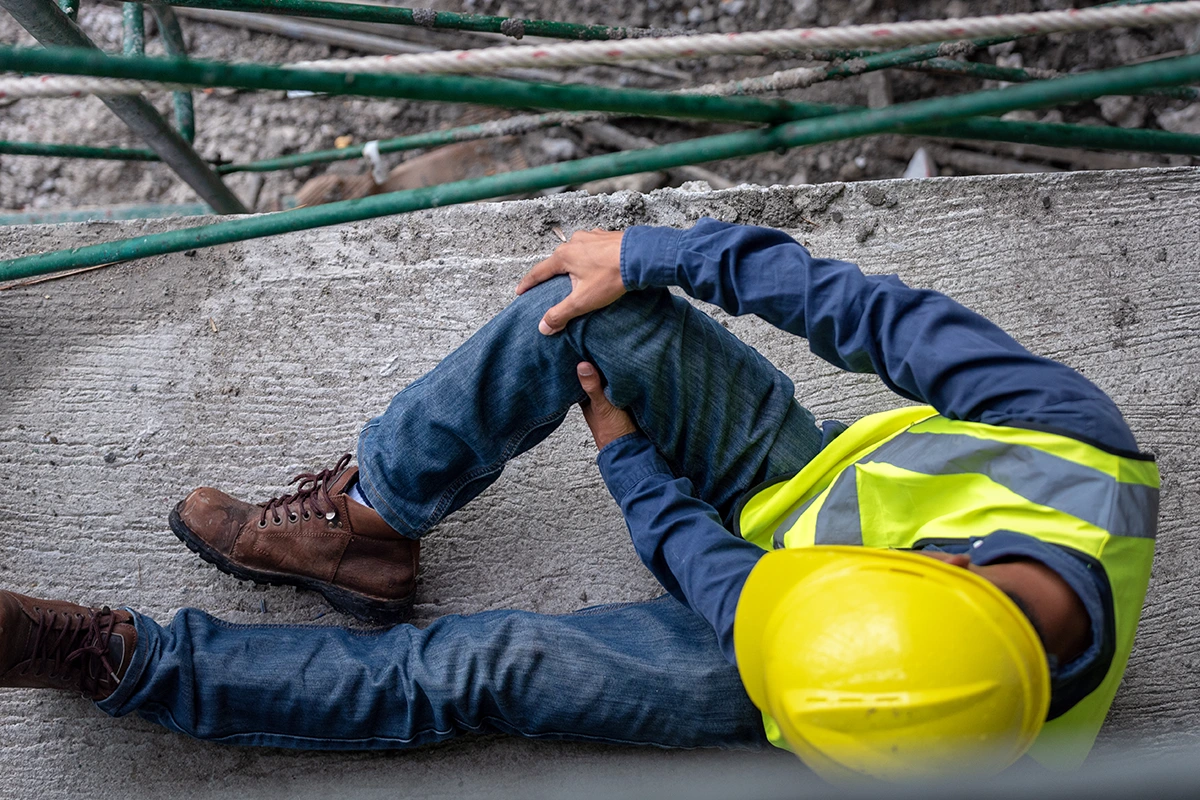Contents
Keep Your Lone Workers Safe With These 6 Key Steps
4 July 2023
There are many benefits to being a lone worker. You have more autonomy, you get to pick your own hours… but what gets difficult is when an accident occurs, a lone worker doesn’t have anyone else to call on for immediate help, because they’re normally working in an isolated environment.
So, what is a lone worker?
Lone workers span from graphic designers who work from home to electricians entering customers’ homes every day. Basically, if an employee can’t physically be seen or heard by another colleague, or are without direct supervision, they’re a lone worker.
The scope for lone working is wide, with some of the most common lone working jobs including:
-
Electricians
-
Plumbers
-
Engineers
-
Delivery drivers
-
Security guards
-
Lab scientists
Lone workers are often viewed in a higher risk category than others when it comes to health and safety. While they face many of the same hazards as anyone else working in a retail shop or restaurant, there won’t be another colleague around to provide immediate help or support to the lone worker in a harmful situation.
Lone working is also often considered a high-risk pursuit due to the lack of direct supervision lone workers are subjected to as they carry out their jobs. Without a colleague or manager to talk through health and safety decisions, lone workers are more likely to take uninformed risks.
For this reason, it’s important that employers can identify their lone workers and ensure they have the extra protections in place to help them carry out their job safely.
Here are our top 6 tips for improving lone worker safety in your organization.
1. Know who your lone workers are
The very first stage in ensuring lone worker safety is being able to identify who they are. In other words, you need to be in a position where, if needed, you could pick them out of a line-up.
To get to this stage, you can begin by creating an updated list of the various lone workers within your organization. This will give you an overview of the different areas they’re working in, whether it’s electricians doing house visits or construction workers completing isolated tasks onsite.
Once your list is complete, it’s time to identify the hazards that are common for their specific working conditions. To ensure you’re doing a thorough job, we recommend going through each job category of lone worker and listing the hazards they’re most likely to face.
2. Familiarize yourself with the hazards faced by lone workers
One effective way of understanding the hazards impacting your lone workers is by using the PET (People Environment Task) model. The PET analysis breaks down the most common hazards for lone workers into three categories:
1. People
Sometimes work means encountering people who pose a potential risk. Job roles within this risk category include security guards, housing officers and paramedics.
2. Environment
The environment in which they’re working poses a risk to their personal safety. Job roles that fall within this risk category include construction workers, lab technicians and firefighters.
3. Task
The very task they’re carrying out is potentially dangerous. Jobs within this category include forklift drivers, electricians and roofers.
The model outlines the fact that hazards will vary depending on which industry a lone worker is operating in and what tasks they’re carrying out. Some of the most typical lone worker hazards include:
-
Slips, trips and falls
-
Operating machinery
-
Driving or working near moving vehicles
-
Exposure to harmful substances
-
Physical or verbal abuse by members of the public
3. Assess and manage the level of risk each hazard poses to lone workers
Once you’ve listed the main types of lone working hazards, it’s time to assess each hazard’s level of risk. Ensuring that regular, detailed lone worker risk assessments are conducted is the most effective way of doing this.
A lone worker assessment looks quite different from a general risk assessment. Because lone workers’ environments and circumstances are quite fluid, as opposed to someone working in the same office space, lone worker risk assessments should be carried out more regularly than general risk assessments. They should also consider a wider range of scenarios, including working from heights, entering customers' homes and driving to job sites.
Lone worker risk assessment forms tend to vary considerably due to the wide scope of the term ‘lone worker.’ Most of these assessment forms should, however, include what the hazards are, associated risks of the hazard, the level of risk the hazard poses, what protections are already in place and how the risks can be reduced.
With the risk assessment out of the way, the next step is to manage these hazards by listing the ones you’ve identified in order of importance. This enables you to prioritize which policies need to be rolled out first to ensure the highest-risk hazards are tackled in a timely manner.
4. Draw up and roll out a comprehensive lone worker policy
The most crucial step in ensuring your lone workers stay safe is by taking all your findings and using them to write a comprehensive lone working policy.
Your lone worker policy should be a document you can share internally with teams that will make your business’s stance on lone worker safety rules and regulations clear. Although lone worker policies vary depending on your industry, all safety policies should include the definition of lone working, instructions on how to identify hazards and manage risks, what actions to take in the event of an emergency and learning resources for lone workers.
Once your lone worker policy is established and shared with the relevant teams, we recommend regularly checking in with lone workers and reviewing your policy. That way, if any new or unexpected hazards pop up, you can act quickly and consistently keep your lone workers feeling cared for and protected.
5. Train and educate your lone workers
It’s not enough to just create a lone worker policy. For your lone worker policy to be truly effective, you need to ensure your lone workers have all the information needed to carry out their jobs safely at their fingertips.
In addition, you’ll need to invest some time in training each group of lone workers in the following areas:
-
Their rights and responsibilities
-
How to deal with risks
-
How to spot danger signs
-
How to act in an emergency
It’s important to create an environment where lone workers feel comfortable asking for help. If they feel like they need to be shown how to carry out a task safely, ensure there’s someone available to provide training so they can do it confidently.
6. Implement a software solution for lone workers
One of the most effective ways to keep danger at bay for your lone workers is leveraging a safety software solution. This enables on-the-go access to protections including real-time location monitoring, a check-in function where they can confirm their safety/provide updates on their work and emergency notifications that can send out alerts to colleagues in the case of an unexpected event or injury.
We recommend selecting a solution that lone workers can download as a mobile app, so they can feel protected as they move between jobs.
It's clear that due to the risky nature of their jobs, providing extra protection to help lone workers is crucial. By following the six steps above, you can ensure you take a proactive approach to lone worker safety – leaving them to carry out their jobs safely and confidently.
To learn more about ensuring the safety of all employees, download our infographic: Incident Management vs. Incident Prevention: What Should Come First?

RELATED BLOGS

How To Boost Worker Safety and Engagement Through Tech Advancements
16 January 2024 - Team Evotix
Employees are the core of any business or organization, making their safety and well-being of upmost importance. It's not just about the physical safety of employees; it's about nurturing their..

Tips for Managing EHS With an Aging Workforce
18 April 2023 - Team Evotix
The concern around the impact an aging workforce has on the EHS space has been growing greater in recent years. As more workers approach retirement age and continue working into their 60s and 70s,..

Washington, California, and Alaska top the rankings for the states with the most recorded non-fatal injuries
2 August 2022 - Team Evotix
As we look into the data on injuries and fatalities across the United States, let’s start with the good news: it’s generally becoming safer to be a worker in the U.S. In almost every state the number..
